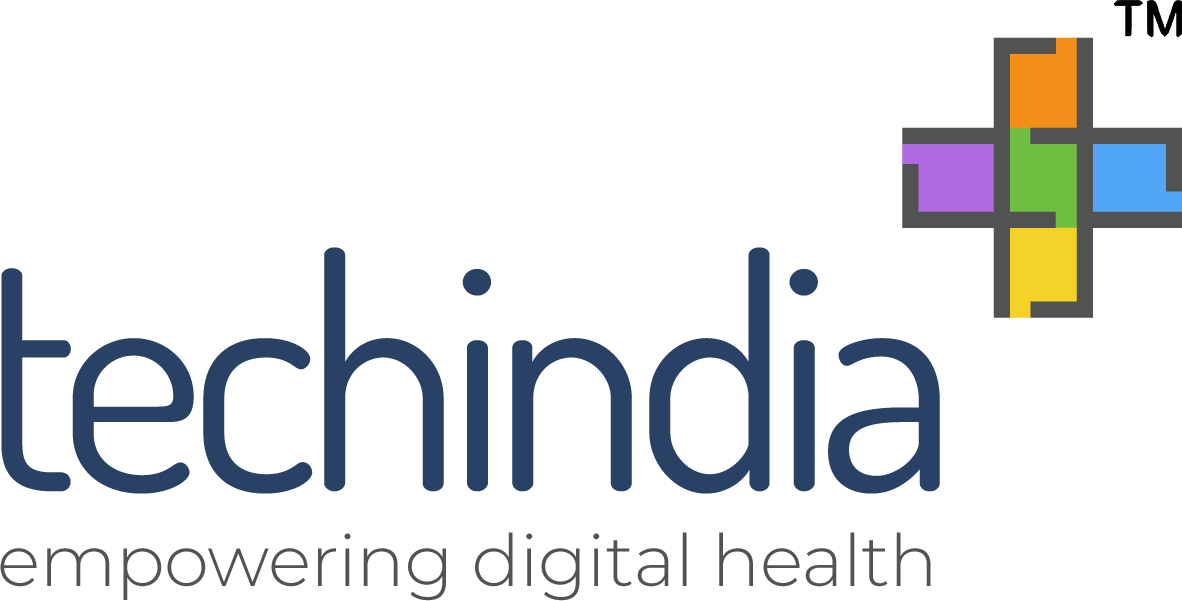- Posted: 19 Jul 2016
- Category: myblog
- Tag: Healthcare Management Services, healthcare professionals, remote cardiac patient monitoring, World Health Organization
How To Provide A Quality Healthcare Management Services for Clients?
Quality management in healthcare is aimed at improving effectiveness of treatments and increasing the satisfaction level of clients with the medical services provided. Management of quality is focused on patients, as it is the patients’ satisfaction that is the ultimate judge of the level of healthcare services.
A healthcare system includes not only hospitals, but other components such as pharmacies and health clinics as well. A robust management of all these systems is required to ensure effectiveness of treatment and satisfaction for clients. Below are some elements crucial to providing quality healthcare management to clients.
Improving Quality of Care:
Improving quality of care and reducing costs is a key feature of the Affordable Care Act. In 2015, a new provision provides that physicians will be paid according to the quality of care they provide and not the volume they treat.
The WHO (World Health Organization) stresses on strict standards for management of quality of care. Quality of care in layman terms refers to providing the right healthcare service at the right time in the right manner. WHO defines it as a process for making strategic choices in health systems and further provides that improving quality of healthcare involves making improvements in six areas of healthcare:
- Delivering effective and tested treatments.
- Manner of delivery focused on optimal resource utilization.
- Right healthcare at the right time by professionals with requisite expertise.
- Treatment in line with patients’ preferences and local customs.
- Equitable healthcare irrespective of gender, location, race or status.
- Safe treatments minimizing risk to users.
Administrative Cost Reduction:
Administrative costs in the US account for up to 25% of healthcare costs, and a large percentage is wasteful expenditure according to several reports and studies.
Automation can help reduce administrative costs. Taking health plans online by explaining key benefits to members online, providing online enrollment and moving documents online can reduce costs by cutting down on labor intensive tasks. Electronic health records not only reduce paperwork and cut down administrative costs, but also reduce medical errors leading to quality healthcare for clients.
Professional Medical and Healthcare Teams:
Having professional medical and healthcare teams is central to quality healthcare management – healthcare teams comprise of allied healthcare professionals including pharmacists, physicians, dentists, nurses and other medical practitioners. Several areas report shortage of trained human resources to meet the health needs of growing population. Legislative measures to increase the number of healthcare professionals, especially in areas of shortage can help meet the goal of timely healthcare administered by professionals of right specialization. Telemedicine can be used to provide care in remote areas.
Telemedicine Adoption:
Telemedicine can be defined as exchange of medical information from one place to another using electronic media to improve a patient’s health condition. Use of live interactive videos for primary consultations, storing and forwarding diagnostic reports online and remote cardiac patient monitoring are all made possible by adoption of telemedicine. It provides several advantages by improving accessibility, reducing distance, reducing costs and offers better quality consultations especially in mental care and ICU telemedicine; thereby providing quality healthcare for patients giving them access to premier healthcare without traveling long distances.
Reducing Denial of Services:
While healthcare maybe considered a basic right, there have been many instances of denied healthcare due to lapses in medical insurance. In 2014, Affordable Care Act prohibited insurance companies from refusing to sell or renew policies based on an individual’s pre-existing conditions or gender. Strong implementation of this provision would reduce occurrences of denied medical services to patients, raising the quality of care nationwide.
Recent Post

We're helping some of the most respected names in healthcare deliver measurably better outcomes. Let us show you what personally Human & AI integrated solution can do for your organization. While filling the form, please fill in the information more specifically that you are looking for.
Thank you for your query! We will get back to you shortly!!

